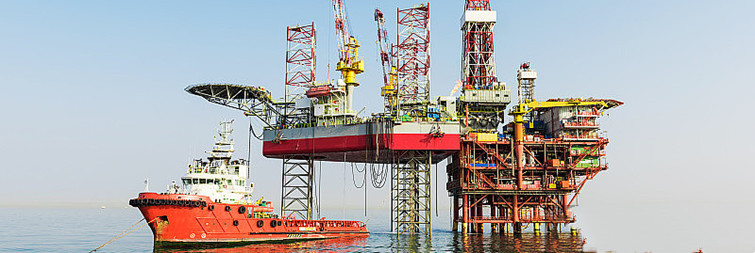The performance requirements of polyanionic cellulose for onshore drilling and offshore drilling may be different, mainly due to the differences in the two drilling environments.
Offshore drilling usually faces more complex and harsh conditions, such as high-salinity seawater, large pressure changes, and special requirements of the marine environment. Therefore, polyanionic cellulose used for offshore drilling may need to have the following performance characteristics:
Better salt resistance: Due to contact with seawater, it is necessary to maintain stable performance in a high-salinity environment and effectively control the performance of the drilling fluid.
Good salt gypsum resistance: It can inhibit the dispersion and expansion of clay and shale in the salt gypsum layer, control the pollution of the well wall, and delay the time of clay hydration, expansion and dispersion.
Higher temperature resistance: Offshore drilling may encounter higher bottom hole temperatures, requiring polyanionic cellulose to still work at high temperatures and maintain the stability of the drilling fluid.
In contrast, the environmental conditions of onshore drilling are relatively stable, but some special formations and working conditions may also be encountered. Polyanionic cellulose used for onshore drilling also needs to have certain properties such as temperature resistance, acid and alkali resistance, salt resistance, and good solubility.
However, the specific performance differences may also be affected by other factors, such as drilling depth, formation characteristics, drilling fluid formulation, etc. In practical applications, the appropriate type and specification of polyanionic cellulose will be selected according to the specific drilling needs and conditions, and its best use scheme will be determined through experiments and field tests.
Polyanionic cellulose is an important water-soluble cellulose ether with good thermal stability and salt resistance and strong antibacterial properties. The mud fluid prepared by it has good water loss reduction, inhibition and high temperature resistance, and can be widely used in oil drilling, especially salt water wells and offshore oil drilling. In addition, it is also used in other industries such as textiles, papermaking, daily chemicals, and food, and can be used as a thickener, rheology regulator, water loss agent, etc.
Whether it is onshore drilling or offshore drilling, the use of polyanionic cellulose requires strict compliance with relevant operating procedures and safety standards to ensure the safety and efficiency of drilling operations. At the same time, with the continuous development and advancement of drilling technology, the performance requirements for drilling materials such as polyanionic cellulose may also continue to change and improve.
